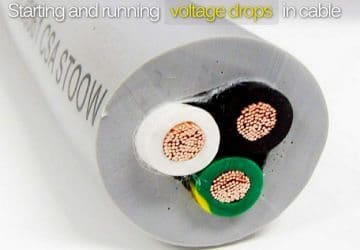Asif Eqbal
25 awesome technical articles
Bachelor of Engineering in Electrical & Electronics engineering, from Manipal University, (Karnataka), India in 2006. Presently involved in the design of EHV outdoor substation and coal fired thermal power plants for more than seven years. Motto of joining EEP as a contributor is to share my little engineering experience and help the budding engineers in bridging the conspicuous gap between academics and Industrial practice. “If you have knowledge, let others light their candles with it, so that people who are genuinely interested in helping one another develop new capacities for action; it is about creating timeless learning processes".
Influence Of Electric Field and Clearances In EHV AIS Substation
Bus height is also governed and calculated by the fact that allowable electric field due to live conductor at man height should be less than permissible value as per guidelines laid down by EPRI AC transmission Line Reference Book –… Read more
May 27, 2016 | By Asif Eqbal

Clearance Requirements In EHV AIS Substation You MUST Respect
Starting point for planning a substation is its single line diagram (SLD) which relates to circuit configuration, number of bus bars and its type and other associated equipment. However from erection and installation point of view layout of any substation… Read more
May 25, 2016 | By Asif Eqbal
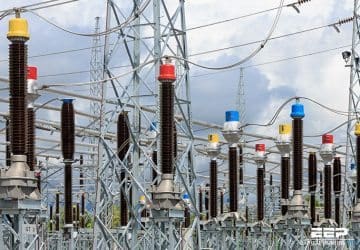
Earthing (grounding) transformer – Voltages during a ground fault
Earthing Transformer or grounding transformer is the neutral grounding transformer – star connected on the primary and has an open delta on secondary. Open Delta has two terminals. A resistor is connected across these two terminals. Whenever a fault occurs, voltage… Read more
May 05, 2014 | By Asif Eqbal
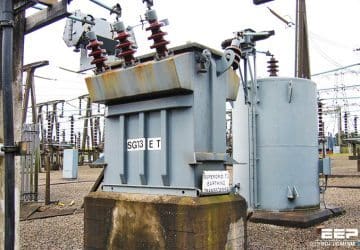
An Overview Of Grounding System (Grounded)
Continued from technical article: An Overview Of Grounding System (Ungrounded) Solidly grounded system Resistance grounded system Reason for resistance grounding System earthing at EHV level Let us assume that R phase (Phase-3 in figure-3) is shorted to ground than: If… Read more
Oct 14, 2013 | By Asif Eqbal
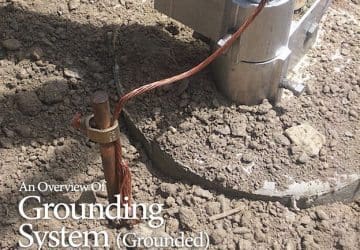
An Overview Of Grounding System (Ungrounded)
Ungrounded system Derivation of current expression in ungrounded system Advantages & disadvantages of ungrounded system Concept of effective and non-effective grounding Coefficient of earthing and earth fault factor Before 1950 power system were often without neutral grounding. Such system had… Read more
Oct 11, 2013 | By Asif Eqbal
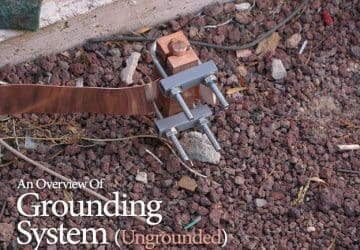
An Overview Of Short Circuit Current (part 3)
Fault calculations are carried out to find the magnitude of fault current at various voltage levels of electrical system. One of the key components in the calculation process is to determine the total impedance of the circuit from the utility /… Read more
Mar 08, 2013 | By Asif Eqbal

An Overview Of Short Circuit Current (part 2)
Continued from previous technical article: An Overview Of Short Circuit Current (part 1) Sub transient reactance Xd” is the apparent reactance of the stator winding at the instant short circuit occurs, and it determines the current flow during the first… Read more
Feb 27, 2013 | By Asif Eqbal
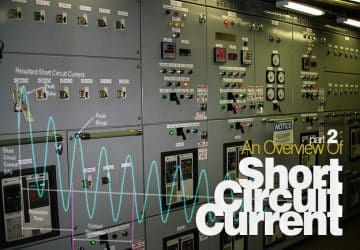
An Overview Of Short Circuit Current (part 1)
There are essentially four types of faults: three-phase, single line-to-ground, double line-to-ground, and line-to-line. Each of these types of faults can result in different magnitudes of fault current. In all types, however, there is a common element: an abnormally low-impedance… Read more
Feb 25, 2013 | By Asif Eqbal
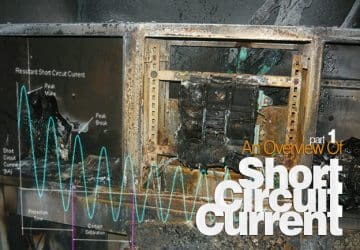
Power Line Carrier Communication (PLCC)
Use of PLCC in modern electrical power system is mainly for telemetry and telecontrol. Tele means remote. Telemetry refers to science of measurement from remote location. Introduction Major goal/Application of PLCC Main Components of PLCC: Coupling Capacitor Line trap Unit… Read more
Dec 14, 2012 | By Asif Eqbal
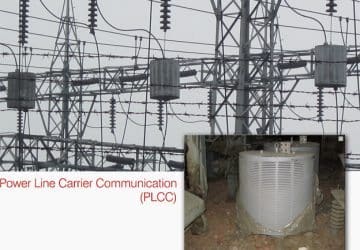
Cable engineering in substations and power plants
Is it true that single core cable should be unarmored because eddy currents are induced in armor of single core cable which will cause additional losses? If true then why not three core cables also unarmored and why single core… Read more
Oct 22, 2012 | By Asif Eqbal

Basics of 3-phase Induction Motor (part 4)
When a motor is expected to operate in unfavorable conditions such as: Intermittent overloading Higher ambient temperatures A restricted temperature rise as for a spinning mill, A refinery or a hazardous area Frequent starts, stops and reverses or any such… Read more
Aug 07, 2012 | By Asif Eqbal
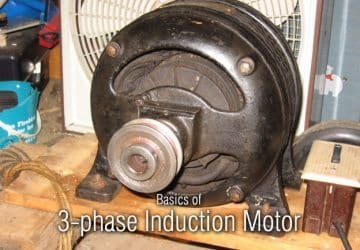
Basics of 3-phase Induction Motor (part 3)
Continued fro second part – Basics of 3-phase Induction Motor (part 2) Technical data to be specified by purchaser before purchasing a 3 phase induction motor: No. Technical data to be specified Data 1. General data about ambient temperature and… Read more
Aug 03, 2012 | By Asif Eqbal
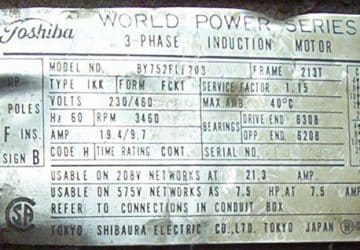
Basics of 3-phase Induction Motor (part 2)
Continued from first part – Basics of 3-phase Induction Motor (part 1) For the purpose of standardization, the preferred rated voltages of three phase induction motor shall be in accordance with IS 12360: 1988. The voltages for three phases, 50… Read more
Aug 02, 2012 | By Asif Eqbal

Basics of 3-phase Induction Motor (part 1)
This article will deal with those concepts of 3 phase induction motor which are essential prerequisite for proper selection, procurement, installation and maintenance of the same. Before any actual discussion on motor is started It will better to have a… Read more
Aug 01, 2012 | By Asif Eqbal
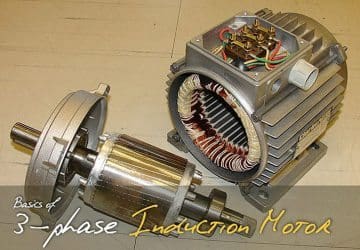
Sizing of power cables for circuit breaker controlled feeders (part 3)
Continued from article Sizing of power cables for circuit breaker controlled feeders (part 2) This criterion is applied so that the cross sectional area of the cable is sufficient to keep the voltage drop (due to impedance of cable conductor)… Read more
May 17, 2012 | By Asif Eqbal
